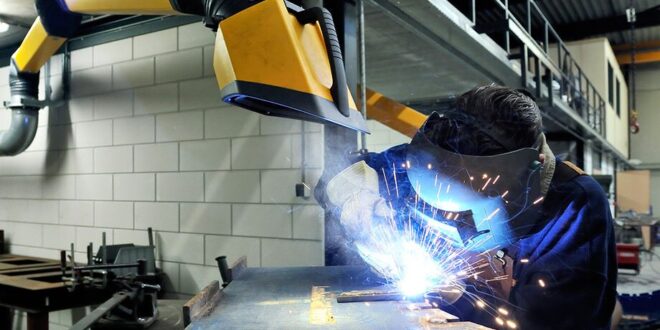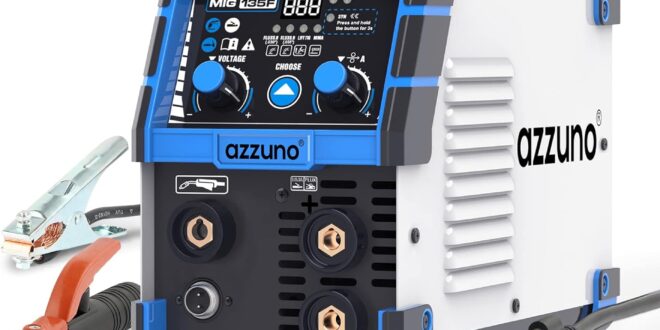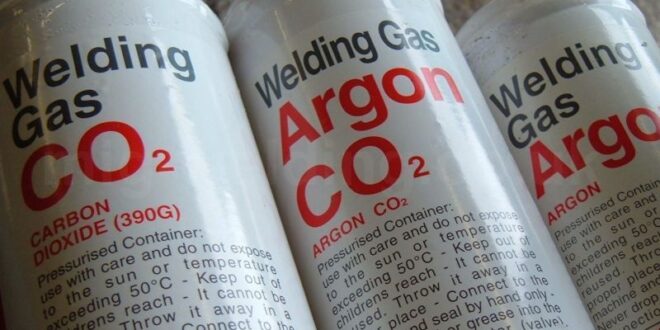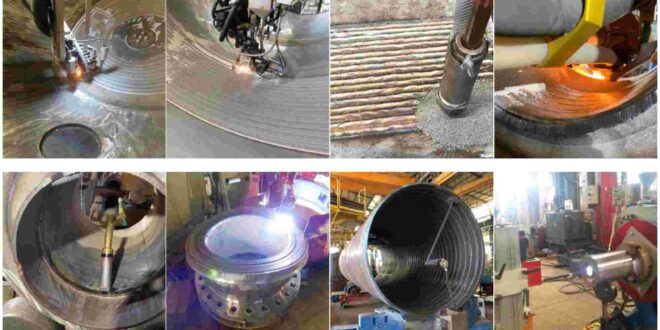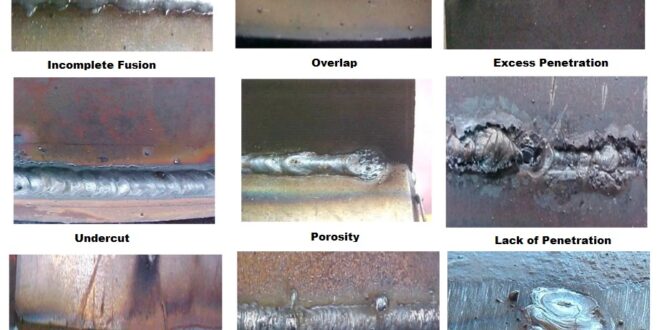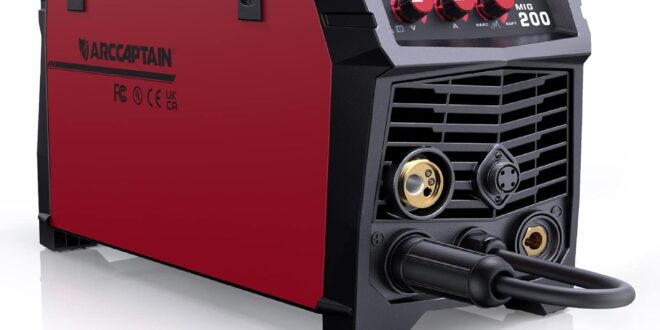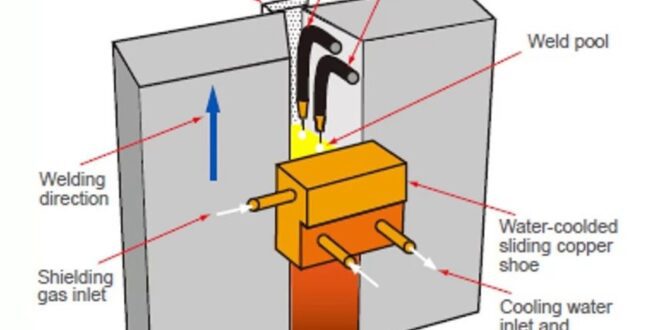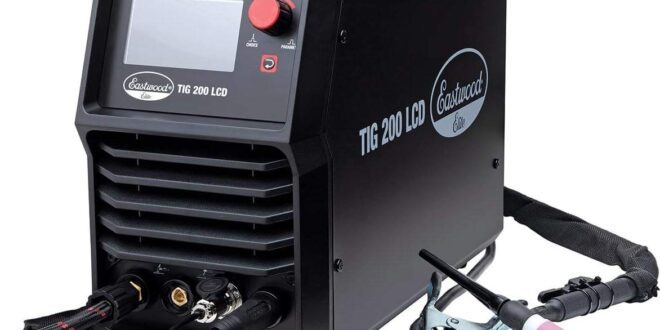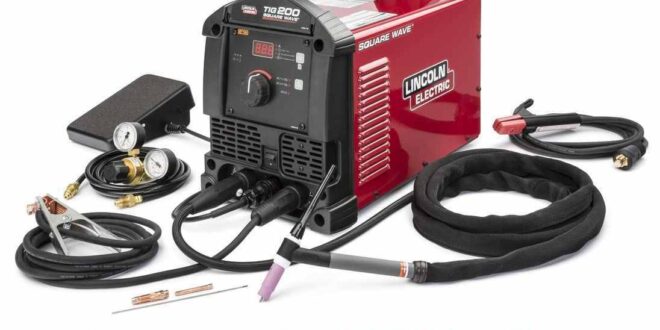Proper Ventilation for Welding Introduction Welding is a vital process across industries, from construction to manufacturing. However, amidst the sparks and fumes, ensuring the safety and health of welders is paramount. Proper ventilation in welding plays a crucial role in creating a safe working environment, mitigating the risks associated with …
Read More »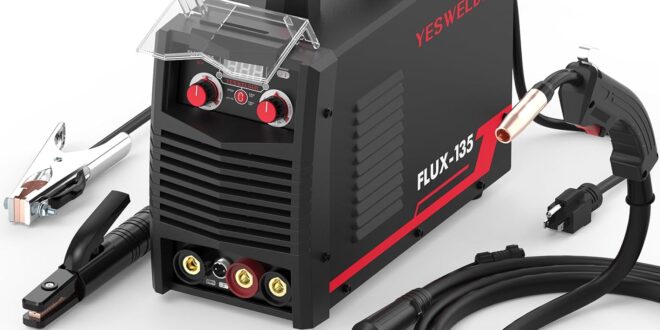
 Welding of Welders All about Welding and Welders
Welding of Welders All about Welding and Welders
